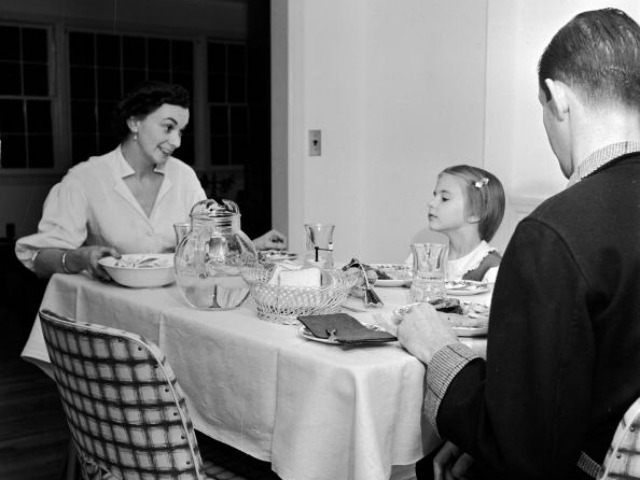What Americans have long viewed to be the traditional nuclear family arrangement — children living with a working father and stay-at-home mother in their first marriage — is now one of the rarer family structures in the U.S., says a new report from the Pew Research Center.
In 2014, just 14 percent of children under the age of 18 were living with parents in their first marriage with a father who worked and a stay-at-home mother. In the 1960s 50 percent of children lived in that family environment, declining to 26 percent in 1980 and continuing to decline until the 1990s when Pew reports the level began to remain more steady.
Asian American children were more likely to live in that “traditional” family structure than any other group — with 24 percent living with parents in their first marriage in which the dad worked and the mother stayed at home compared to 18 percent of Hispanics, 15 percent of white and 4 percent of blacks.
More prevalent overall, according to Pew, is the family arrangement in which parents are in their first marriage but have “other work arrangements.” In 1960 24 percent of children lived in such households, in 2014, 32 percent of children lived in homes with married parents in “other” work arrangements. Forty-seven percent of Asian-American families had this structure in 2014, compared to 25 percent of Hispanic families, 37 percent of white families, and 18 percent of black families.
While the shift has been away from the “traditional” structure to other arrangements — including 15 percent with remarried parents, 7 percent with cohabiting parents and 5 percent living with neither parent — Pew reports that the biggest change has been the increase of children living in single-parent households.
Where in 1960 just 9 percent of children lived with a single parent, in 2014, 26 percent of children lived with a single parent. Asian-American children were the least likely to live in this family structure, with just 13 percent in single-parent homes. Meanwhile, 29 percent of Hispanic children, 19 percent of white children, and 54 percent of black children lived in single-parent homes.
Pew notes there is a strong link between family structure and economic outcome, with children living with cohabiting parents or single-parent families being “two to three times more likely” to be living in poverty than children in married parent homes. Further, children living in homes where both parents work tend to be more well off than those in homes where just dad worked.

COMMENTS
Please let us know if you're having issues with commenting.